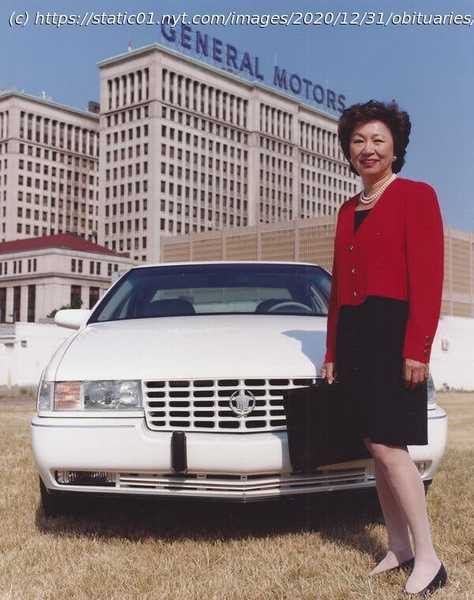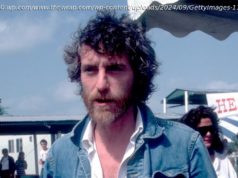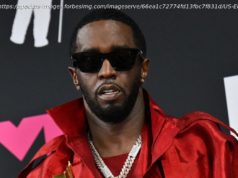Breaking barriers she rose in the advertising industry before General Motors took her onboard. She later used classical music to forge closer ties between Americans and the Chinese.
Shirley Young, a Chinese-American businesswoman who broke barriers in the corporate world before starting a second career as a cultural diplomat, using classical music to bridge the ever-widening divisions between China and the United States, died on Dec.26. She was 85. The cause was complications of breast cancer, said David Hsieh, one of her sons. Ms. Young rose to prominence as an executive with Grey Advertising, where she began in 1959, standing out as one of the few women and one of the few Asian-Americans at the firm, which was then a power in its field. With a degree in economics from Wellesley, she challenged the conventional wisdom that the best marketing was driven by gut instincts. Instead, she pushed her firm to invest in quantitative market research, a standard practice today but one that was pioneering in the 1960s. “People think advertising is more powerful than it is,” she told The New York Times in 1974. “We know just how unpowerful it is, because we’ve failed many times.” Ms. Young’s ideas were not the only revolutionary thing about her. At the time, most employers offered severance packages to pregnant women, on the assumption that once they gave birth, they would never return to work. When in 1963, expecting her first child, she insisted otherwise, Grey Advertising had to invent its first maternity policy. The firm clearly thought she was worth it. In 1983, a time when a global recession was forcing the advertising industry to slash research budgets, Grey went the other direction, creating an entire research subsidiary, Grey Strategic Marketing, with Ms. Young as president. She amassed a long list of Fortune 500 clients, including General Motors, which hired her away in 1988 to become its vice president for consumer market development. Almost immediately, she pushed her new employer to invest in China, and later moved to Shanghai to help oversee development of a billion-dollar joint venture with SAIC Motor, a Chinese company, to build Buicks. To Ms. Young, many American companies failed to appreciate the size of the cultural differences between the two countries and, at the same time, the possibility of bridging them. She encouraged G.M. to broaden its executives’ exposure to Chinese language and society through education and cultural exchanges, the sort of focus she would later emphasize in her work in the arts. Indeed, even as she continued to lead G.M.’s expansion in Asia, she became increasingly involved in cultural and nonprofit endeavors.
Home
United States
USA — Music Shirley Young, Businesswoman and Cultural Diplomat to China, Dies at 85






